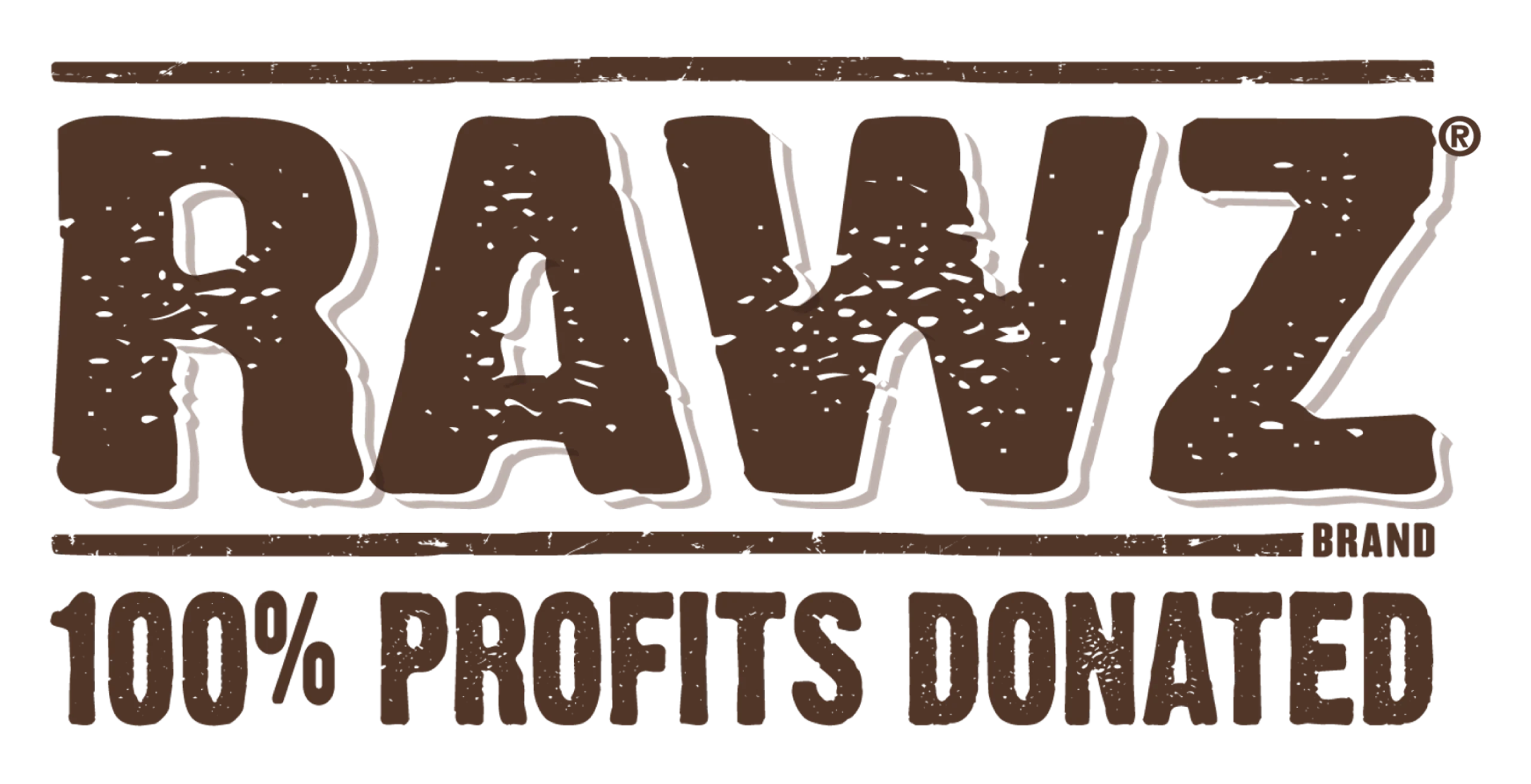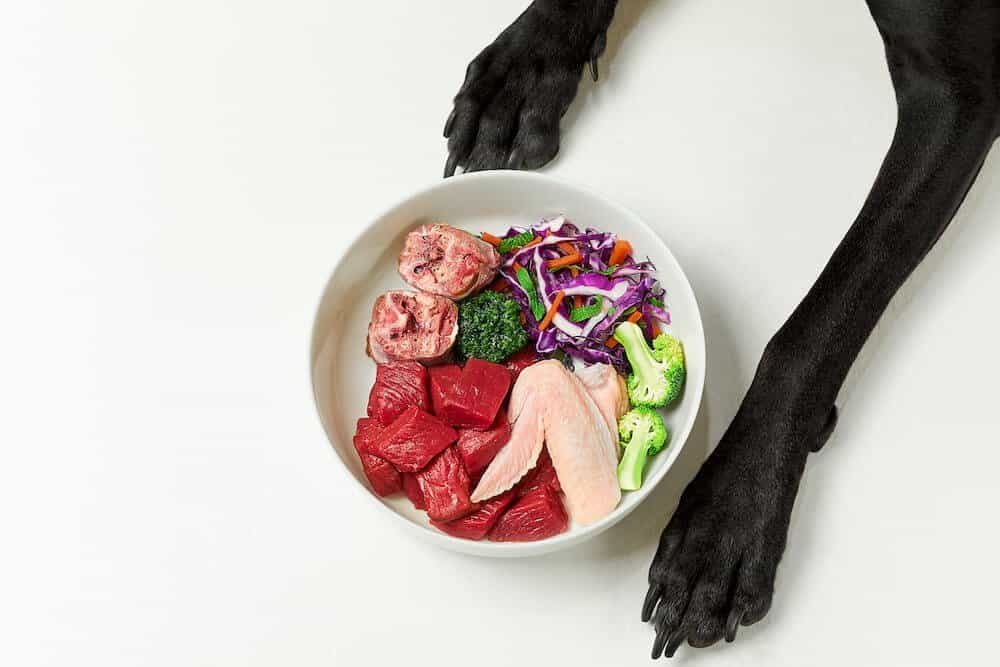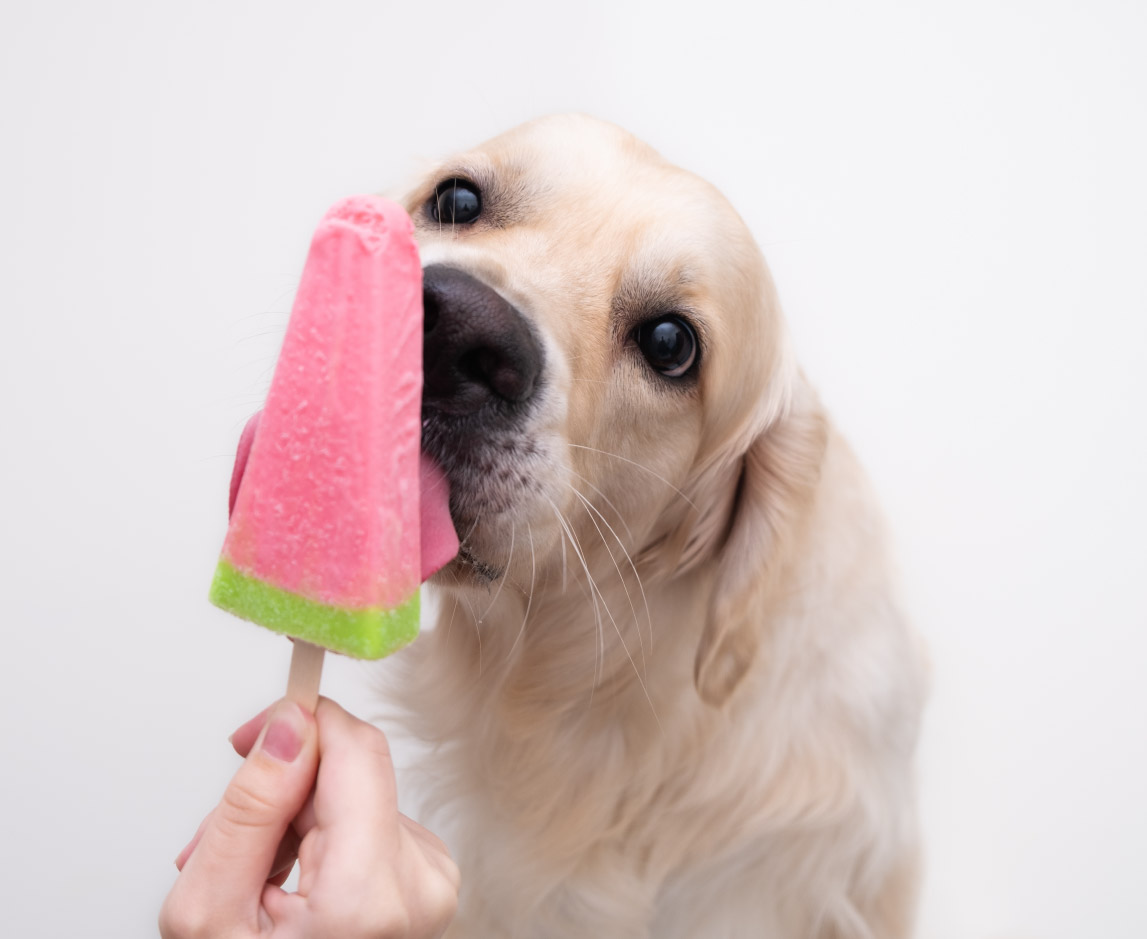Whether at the dog park or the vet’s office, raw diets have been a hot topic among canine lovers in recent years. If you’ve heard about the merits of this diet but don’t know where to start, this is your guide. We’ll discuss the pros and cons of feeding your dog a raw diet, as well as how to begin and maintain a healthy and complete feeding program.
What is a Raw Diet for Dogs?
“Raw” is a broad term that usually refers to whole, uncooked and unprocessed foods, but it can also include freeze-dried or air-dried. In general, a raw diet for dogs is one that includes animal protein (typically muscle meat), organs, edible bone and a fiber source. To be considered truly raw, the food is not processed using heat.
Types of Raw Dog Food Diets
For our discussion here, we will focus on raw diets that don’t use heat processing and are offered in either fresh, frozen, freeze-dried or air-dried. A typical raw meal for dogs might include lean beef, chicken necks, eggs, organ meats and fresh produce like broccoli, kale and blueberries.
Whether they are homemade or purchased pre-packaged, these meals must contain the required essential vitamins and nutritional components to be considered complete and balanced. In general, an optimal diet for dogs must contain the following:
Animal protein: A crucial source of energy that is essential to building and maintaining a healthy body structure. Protein cannot be stored in a dog’s body, so it must be constantly replenished in the form of regular, protein-rich meals.
Water: Hydration is key for all living things. Dogs should always have access to clean, fresh water, but it’s even better if they can get hydration from their food. Raw foods naturally contain water that can help dogs maintain proper hydration levels.
Healthy fat: Fats keep your dog’s skin from drying out, protect their internal organs and help regulate body temperature. Lean meat, eggs and fish oil are great sources of healthy fat.
Amino acids: Amino acids are the building blocks of protein and are important for maintaining healthy muscle mass.
Calcium: On a raw diet, dogs receive their calcium from bone, which in turn helps them build strong bones and teeth.
Iron: Iron helps to carry oxygen throughout the bloodstream.
Zinc: With proper zinc levels, dogs can experience faster healing times from injuries.
Vitamins A, D, E, K and B12: Vitamins are the body’s “helpers” when it comes to processing the other nutritional building blocks. Proper levels of these vitamins help the body absorb and regulate calcium and phosphorous, prevent blood clots, strengthen the immune system and maintain the nervous system.
What to Look For in Raw Food for Dogs
If you’ve determined that feeding your dog a raw diet is best for their health and want to explore commercial options, what factors should you consider?
Besides deciding whether raw dog food is a reasonable purchase at the moment, you’ll need to determine if a raw diet will be sustainable in the long term. When it comes to packaged raw foods, be aware that a high price doesn’t ensure quality; as they say, if the deal seems too good to be true, it probably is. Since fresh meat makes up such a large portion of a raw meal, dog parents need to be certain the ingredients are from quality sources. The manufacturer can provide any sourcing information, and an internet search will reveal any recalls.
Finally — and this is important — all commercial dog food packaging needs to feature the statement of nutritional adequacy from the Association of American Feed Control Officials (AAFCO), which confirms that the food will deliver suitable nutrition to your dog.
Pros and Cons of a Raw Diet for Dogs
As with any change, starting your dog on a raw diet will have pros and cons. We’ll discuss tips for safely transitioning your dog to a raw diet later in this article, but here are the most common benefits and risks to raw feeding:
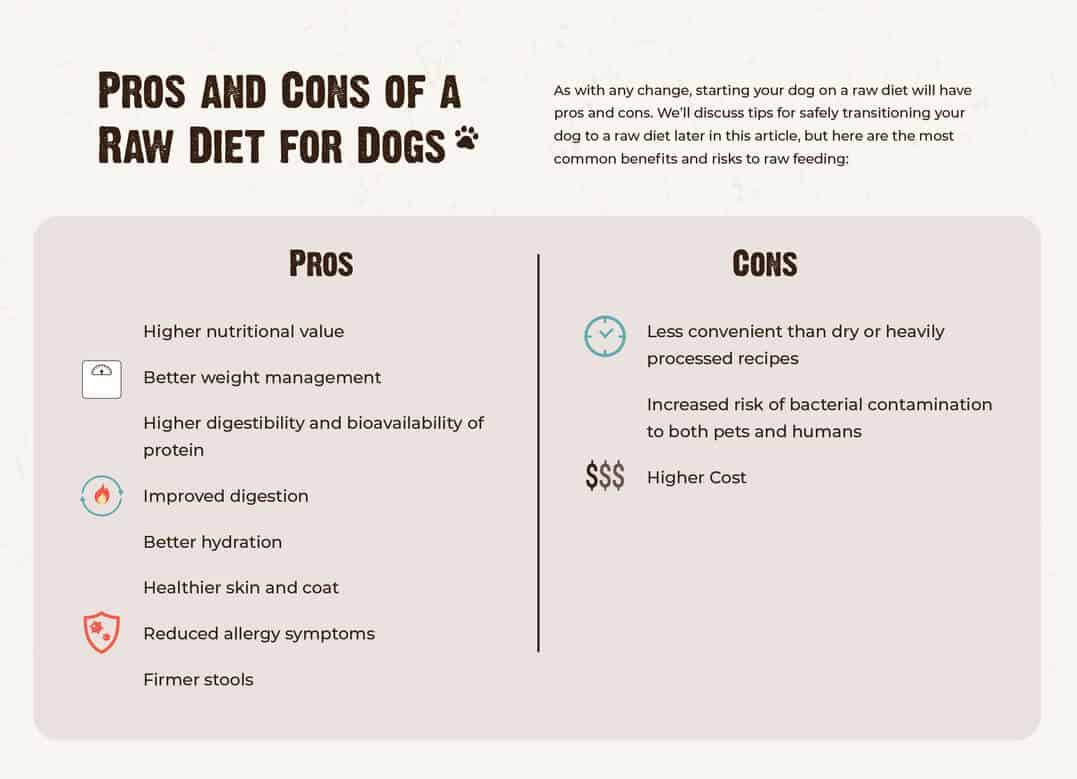
Pros:
- Higher nutritional value
- Better weight management
- Higher digestibility and bioavailability of protein
- Improved digestionBetter hydration
- Healthier skin and coat
- Reduced allergy symptoms
- Firmer stools
Cons:
- Less convenient than dry or heavily processed recipes
- Higher cost
- Increased risk of bacterial contamination to both pets and humans
The Research Behind Raw Diets
While it may seem clear why a raw diet offers better nutrition to your dog than a cooked diet, there’s some important research dog parents should be aware of.
Advertisements for raw or minimally processed dog foods often feature footage of wolves in nature, or showcase phrases like “natural,” “biologically appropriate” or “as nature intended.” This is all meant to convey that a prey model diet (80% meat, 10% raw edible bones and 10% organs) is best for dogs — but is it really?
First, let’s look at what sets a raw diet apart from cooked, highly processed foods containing rendered ingredients. Dr. Greg Aldrich is a Research Associate Professor in the Pet Food Program at Kansas State University who has focused his research on determining the nutritional impact of modern pet food processing. In a 2012 study of how heat affects the bioavailability of protein to pets, Dr. Aldrich used PER (Protein Efficiency Ratio) values to measure the efficiency with which an animal turns ingested protein into new tissue. He found that, by comparing dehydrated chicken with heat processed (rendered) chicken meal, the protein efficiency of the meat dropped from 98% to 58% — almost a 60% loss! This study is of particular importance because when ingested protein can’t be used by the animal, it must be processed as waste. Therefore, raw or less processed foods deliver more useful protein sources with intact amino acids, which can be converted into energy and new tissue.
Is a Raw Food Diet Right For Your Dog?
When prepared and fed correctly, a raw diet delivers optimal nutrition to your dog. However, feeding a raw diet correctly involves quite a bit of nutritional knowledge when preparing recipes at home; even if you’re buying commercial raw products, adapting to this routine takes time and money.
Before transitioning your dog to a raw diet, you’ll need to determine if the change will be sustainable. Plan out what transitioning to raw will look like by considering these factors:
- How much food (or, how many meals) will you need to prepare or thaw at a time?
- Do you have the time and refrigerator space for prepared meals?
- If you are making your own food, do you have the freezer or refrigerator space to store all the required ingredients?
- Do you travel with your dog often? If so, how will you keep their food frozen or below 42° F at the minimum?
Since dogs have shorter GI tracts than humans, they are much less susceptible to harmful effects from food borne bacteria (e.g. Salmonella and E. Coli). However, the risk of cross-contamination to their human housemates is much higher. To prevent cross-contamination, wash your hands, bowls and all preparation surfaces as you would after handling raw meat that you’d prepare for your own meal.
Some dogs have existing health issues that may not be compatible with a raw diet, or that may require extra considerations. For example, dogs with kidney disease need extremely high-quality protein and elevated levels of phosphorous. Check out our guide to a Raw Diet for Dogs with Kidney Disease for more information and consult an animal nutritionist for additional guidance.
How To Start Your Dog on a Raw Diet
So you’ve made the decision to feed your dog a raw diet. Where to begin?
Clearly, a complete and balanced raw diet consists of more than just a slab of raw meat in your dog’s bowl. Along with the crucial protein component, dog parents also need to be sure to include all the necessary vitamins and minerals when preparing raw recipes. Supplements are often required to ensure the correct vitamins and minerals are absorbed by the dog’s shorter GI tract.
Malabsorption can sometimes be a result of a dog’s inability to process whole fruits and vegetables; for this reason, produce should be blended if incorporated into a raw diet. Organ meats can also be a great source of vitamins and some minerals. One of the most important minerals is calcium, which primarily comes from edible bones — 10–15% of your dog’s raw diet should be raw bone (puppies need 12–15%, but the bones must be soft and/or ground into small pieces).
Be aware that a switch to raw feeding may cause digestion issues. This can typically be managed by adding increasing amounts of raw food to your dog’s current food over a 7–10 day period, until they are consistently eating raw or mixed meals. (It’s been noted that puppies and dogs who have eaten less processed diets seem to acclimate more quickly to a raw diet.) An animal nutritionist or nutrition-focused veterinarian can help facilitate the transition and ensure your dog is getting the proper nutrition while staying comfortable.
Feeding Guide By Dog Weight
In general, dogs need to consume 2–3% of their ideal weight in food per day to maintain a healthy weight. Puppies and lactating/gestational dogs will require more calories, around 5–10% of their current weight. An animal nutritionist can help you determine the correct amount of raw food to feed your dog, but here is a general guide:
|
Adult Dogs |
|
|
Weight (lbs.) |
Amount of food per day (lbs.) |
|
25 lbs. |
½ lb. |
|
50 lbs. |
1 lb. |
|
100 lbs. |
2 lbs. |
|
Puppies |
|
|
Age (months) |
Amount of food per day (% of weight) |
|
2–3 mo. |
8–10% of body weight |
|
4–5 mo. |
6–8% of body weight |
|
6–8 mo. |
4–6% of body weight |
|
9–12 mo. |
3–4% of body weight |
For more detailed guidance, refer to this canine feeding guide chart.
Due to the variability in ingredients and composition of homemade raw diets, it is important to get a proper estimate of your dog’s ideal daily calorie consumption. Start by calculating how much energy (calories) your dog is currently consuming and determine if it is appropriate based on their size, breed, age, etc. Commercially available raw meals will have the calorie content listed on the packaging, but you’ll need to calculate the calorie content of any homemade recipes.
RAWZ: The Next Best Thing to Feeding Raw
Whether you’re on a budget, traveling or simply want to ensure your dog gets a complete and balanced meal every time, RAWZ wet and dry recipes are the perfect alternative or complement to a raw diet.
Independent, specialty pet retailers report that around 75% of raw feeders incorporate a dry recipe into their pets’ diet; RAWZ offers the least processed dry option with highest meat content on the market. Explore our original recipes or limited recipes for compatible food to add to your dog’s rotation. With our commitment to creating products free of any rendered ingredients, RAWZ is the ideal solution when only the best will do!
